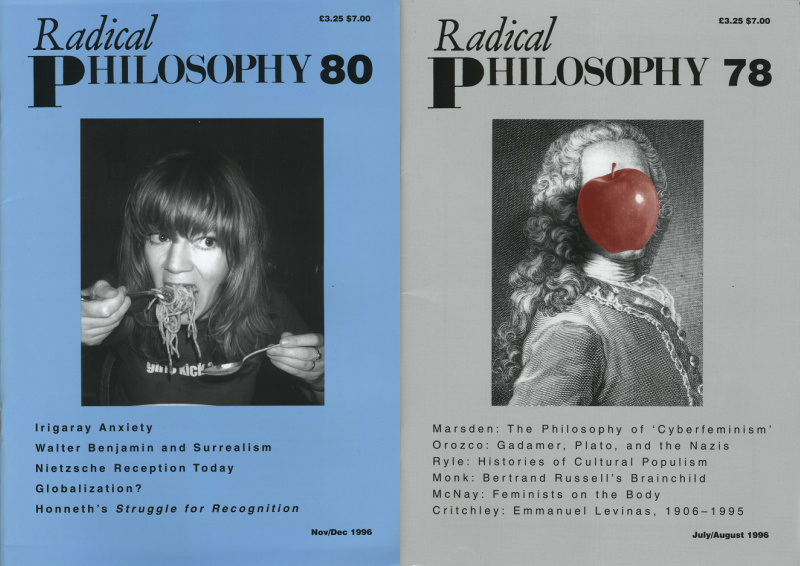Just yesterday, Japan fully re-opened its borders to tourism after a long period of COVID-19-motivated closure. This should prove economically invigorating, given how much demand to visit the Land of the Rising Sun has built up over the past couple of years. Even before the pandemic, Japan had been a country of great interest among world travelers, and for more than half a century at that. Much of that attractiveness has, of course, to do with its distinctive nature, which manifests both deep tradition and hyper-modernity at once.
But some of it also has to do with the fact that, since rising from the devastation of the Second World War, Japan has hardly shied away from self-promotion. “A Day in Tokyo,” the short film at the top of the post, was produced by the Japan National Tourism Organization in 1968.
Its vivid color footage of Japan’s great metropolis, “the world’s largest and liveliest,” captures everyday life as it was then lived in Tokyo’s department stores, stock exchanges, construction sites, and zoos.
The film puts a good deal of emphasis on the capital’s still-ongoing postwar transformation: “In a constant metabolic cycle of destruction and creation, Tokyo progresses at a dizzying pace,” declares the film’s narrator. “People who haven’t seen Tokyo for ten years, or even five, would scarcely recognize it today.” And if Tokyo was dizzying in the late nineteen-sixties, it became positively disorienting in the eighties. On the back of that era’s economic bubble, Japan looked about to become the wealthiest country in the world, and Tokyoites both worked and played accordingly hard.
This two-part compilation of scenes from Japan in the eighties conveys that time with footage drawn from a variety of sources, including feature films (not least Itami Jūzō’s beloved 1985 ramen comedy Tampopo.) “It was a magical place at a magical time,” remembers one American commenter who lived in Japan back then. “Everything seemed possible. Everybody was prospering. Almost every crazy business idea seemed to succeed. People were happy and shared their happiness and good fortune with others. It was like no other place on earth.”
As dramatically as the bubble burst at the end of the eighties, Japanese life in the subsequent “lost decades” has also possessed a richness of its own. You can see it in this compilation of footage of Japan in the nineties and two-thousands from the same channel, TRNGL. Though it no longer seemed able to buy up the rest of the world, the country had by that era built up a global consciousness of its culture by exporting its films, its animation, its music, its video games, and much more besides. Even if you haven’t seen this Japan in person, you’ve come to know it through its art and media.
If you’re considering making the trip, this video of “Japan nowadays” will give you a sense of what you’ve been missing. The Tokyo of the twenty-first century shown in its clips certainly isn’t the same city it was in 1968. Yet it remains “an intermingling of Orient and Occident, seemingly new, but actually old,” as the narrator of “A Day in Tokyo” puts it. “Beneath its modern exterior, there still lingers an atmosphere of past glories. The citizens remain unalterably Japanese, and yet this great city is able to accommodate and understand people of all races, languages, and beliefs” — people now arriving by the thousands once again.
Related content:
The Entire History of Japan in 9 Quirky Minutes
1850s Japan Comes to Life in 3D, Color Photos: See the Stereoscopic Photography of T. Enami
Hand-Colored 1860s Photographs Reveal the Last Days of Samurai Japan
Based in Seoul, Colin Marshall writes and broadcasts on cities, language, and culture. His projects include the Substack newsletter Books on Cities, the book The Stateless City: a Walk through 21st-Century Los Angeles and the video series The City in Cinema. Follow him on Twitter at @colinmarshall or on Facebook.





